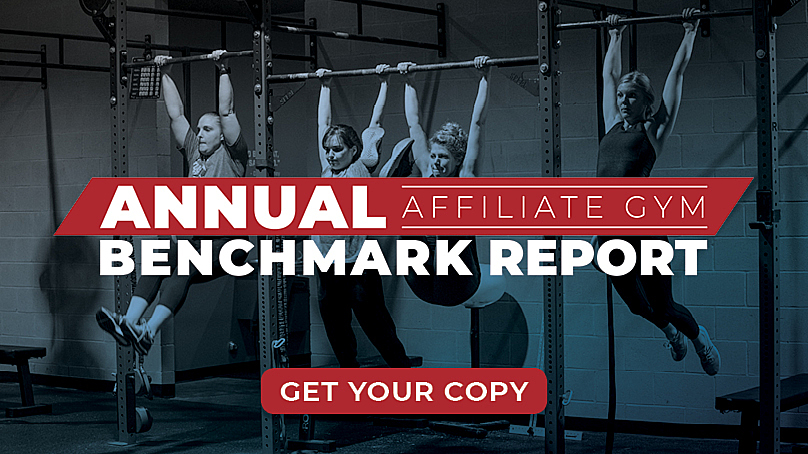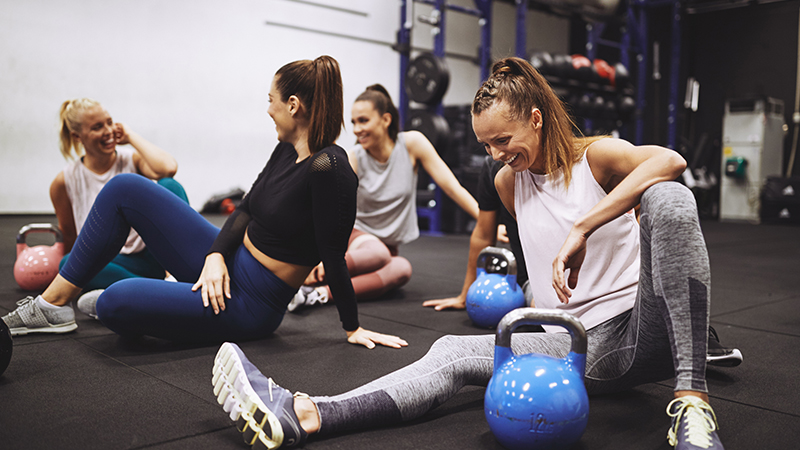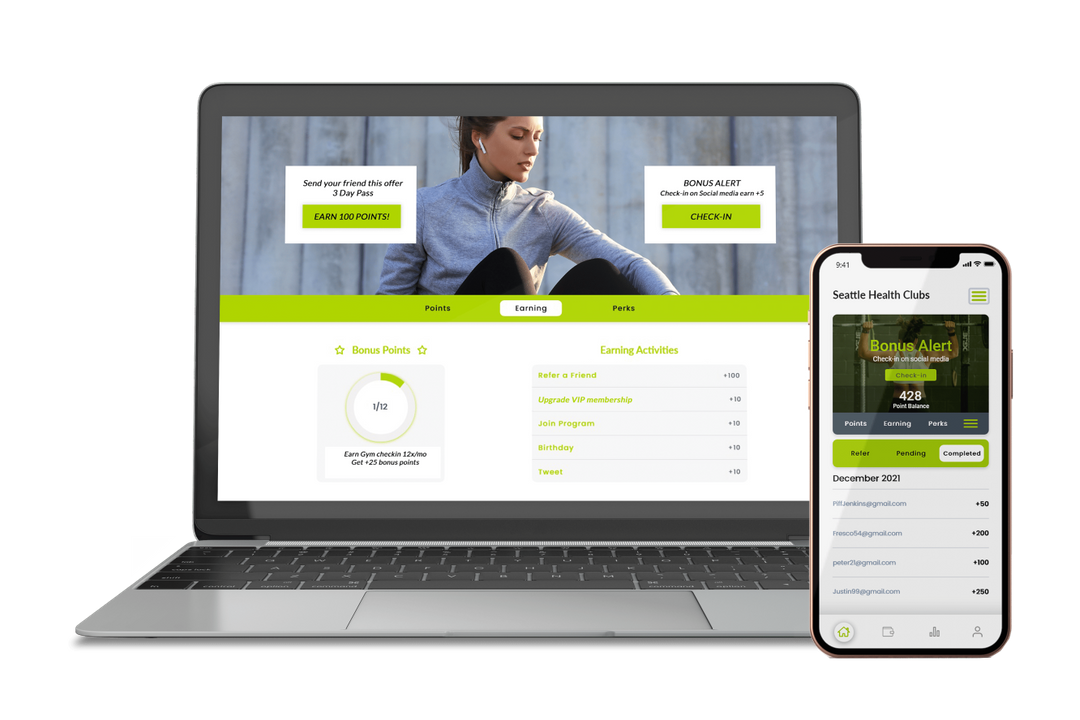Balancing Act: Safety and Intensity
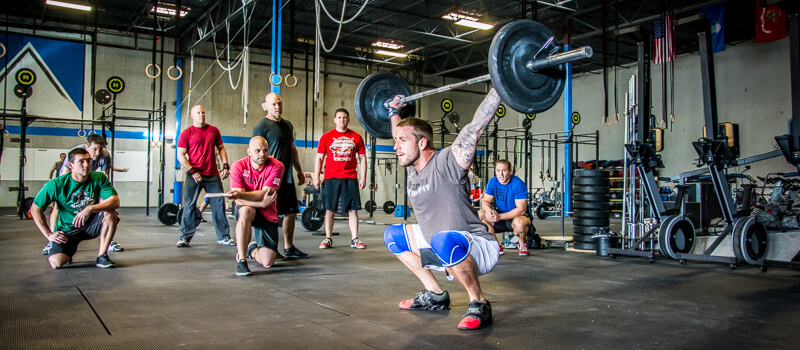

As fitness professionals, we know that intensity is one of the most important variables leading to increases in individual progress and results. As intensity (weight, volume, duration, etc.) increases, positive adaptations begin to happen in both performance and body composition. Both are two of the main reasons people seek out professional fitness businesses in the first place. While increasing intensity is great, it also comes with some potential risks. As intensity ramps up, so does the demand on the individuals and their bodies. If they are not taking the necessary precautions by recovering and eating correctly, the increase in intensity could lead to some not-so-favorable outcomes, including overtraining and injury.
As a coach, my motto is “you can’t train and get better if you’re hurt.” At the same time, for athletes to see the positive changes they signed up for, intensity needs to increase from their baseline levels. It is our jobs as coaches/instructors to know when athletes are ready to be pushed to that next level and when athletes need to be held back.
Many athletes fall into the following classifications:
The Unprepared, Over-Achiever
We’ve all seen this person. They come to class, ready to put 110% in, but are not physically ready to consistently go all out. They are often ex-athletes or competitors, so they have the emotional and psychological ability to push themselves to the next level. But without the body following suit, this is a recipe for disaster. This is the individual that you will need to have an honest conversation with about the fact that they are an incredibly strong-willed person, but until form and other aspects of training get to a safe level, then and only then is it a good time to increase intensity. Again, you can’t train and get better if you’re injured, and injuries (especially significant ones) can cause people to up and leave the gym all together.
The Prepared, Under-Achiever
Just as we’ve seen the “Unprepared Over-Achiever”, we’ve seen this person as well. This is the individual who has had some training time under their belt, has made some positive initial adaptations, but seems hesitant to push the boundaries. They become somewhat complacent and comfortable just doing what they have been doing, without realizing that by not increasing intensity, those positive adaptations are going to begin to plateau. As a business owner, fitness plateaus are one of the main problems when it comes to retaining clients. This is why we need to convince these people to push themselves. “Help me help you.”
The Middle Ground-er
The first two examples are easy to pick out if you’ve been around fitness for any time at all. This Middle Ground-er takes some due diligence to determine where they are in their fitness journey and what needs to happen next. They may come to class often, work hard, but you can tell that they’re not 100% in it. This person, depending on their specific goals, can go either way with intensity scale. It is up to you, as their coach, to determine which way to go.
While many athletes fall into categories such as these, there are definitely those outliers who have characteristics of multiple levels of ability. A face-to-face conversation can be a game-changer with these individuals. Pull them aside and ask about their (family, life, job, etc.) to get a feel for where they are as a person, not just an athlete. Then discuss their athletic goals. Are they a mother of three who just wants to keep a baseline of fitness? Then they probably don’t need to be increasing intensity at a very high rate. Are they feeling like they’ve hit a wall and aren’t seeing the changes they desire? Explain to them that they need to increase the intensity, as they’ve probably hit a plateau and adaptations will come. This conversation will prove your investment in their fitness and show that each person is just as important as the next to you and your business.
The most detailed affiliate gym financial performance information on the market is now available. Get your copy of our Affiliate Gym Benchmark Report today.
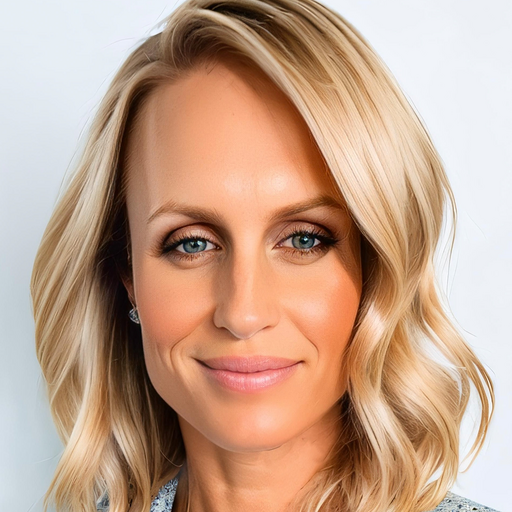
I’m Coach Kelli, a devoted CrossFit gym owner with 15 years of experience managing my facility, along with owning yoga studios and wellness centers. Beyond the fitness world, I have a passion for cooking, cherish moments with my children and family, and find joy in spending time outside. Having experienced the highs and lows, I’m dedicated to leveraging my expertise to help you grow and succeed on your fitness journey.

I’m Coach Kelli, a devoted CrossFit gym owner with 15 years of experience managing my facility, along with owning yoga studios and wellness centers. Beyond the fitness world, I have a passion for cooking, cherish moments with my children and family, and find joy in spending time outside. Having experienced the highs and lows, I’m dedicated to leveraging my expertise to help you grow and succeed on your fitness journey.

